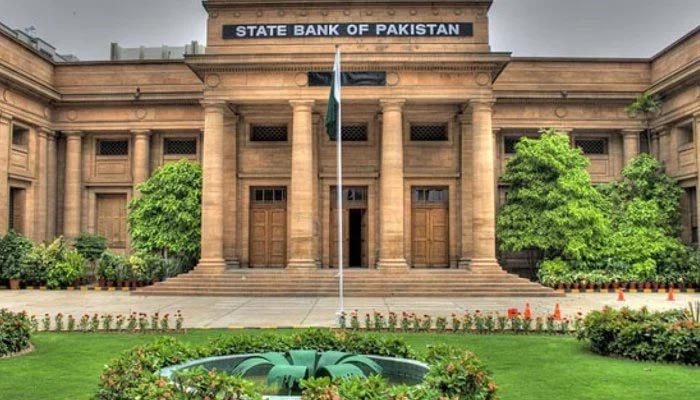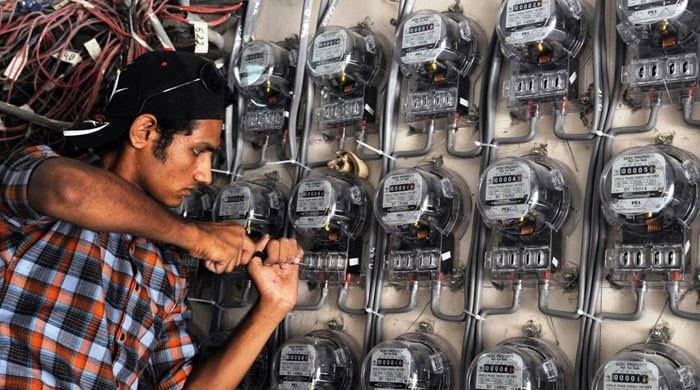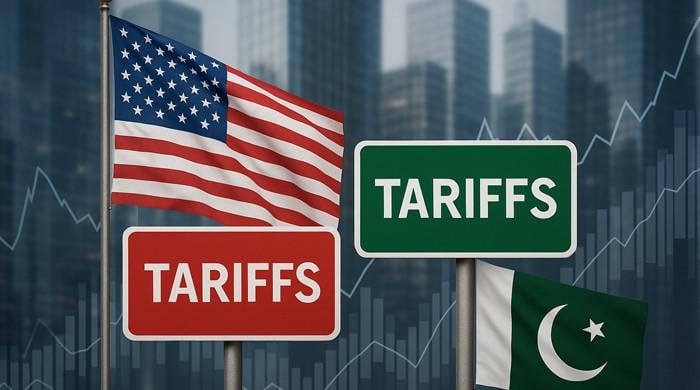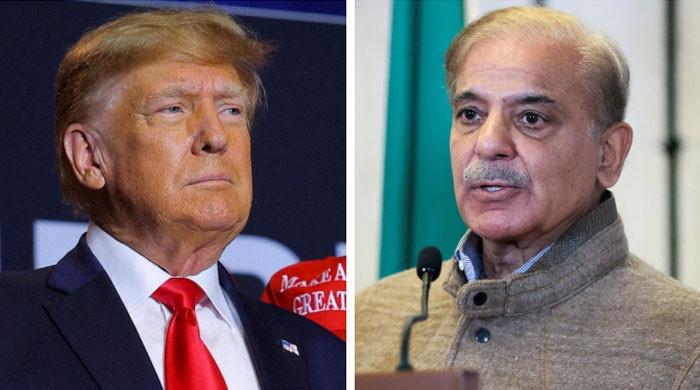Monetary policy: SBP leaves interest rate unchanged at 15%
SBP says existing monetary policy stance strikes an appropriate balance between managing inflation and maintaining growth
October 10, 2022

- Monetary policy committee will now meet on November 25.
- Central bank had cumulatively increased rate by 800bps in 11 months.
- MPC says existing rates strikes balance between inflation and growth.
KARACHI: In line with experts’ anticipation, the State Bank of Pakistan (SBP) decided on Monday to leave its key interest rate unchanged at 15% for the next seven weeks.
“The committee was of the view that based on currently available information, the existing monetary policy stance strikes an appropriate balance between managing inflation and maintaining growth in the wake of the floods,” the central bank in a thread shared on Twitter.
Today’s Monetary Policy Committee (MPC) meeting was the first after the start of SBP Governor Jameel Ahmad and Finance Minister Ishaq Dar assumed charge.
The decision to maintain a status quo was in line with Dar’s old recipe of running a controlled economy, under which he would like to have an easy monetary policy.
The SBP has increased the rate by a cumulative 800 basis points in 11 months (September 2021 to July 2022) to 15%.
The interest rate and flexible rupee-dollar parity are the two major tools available to central banks all over the world to control inflation readings and give direction to the economic trajectory in their respective countries.
The central band, in a statement issued, said that the since the last meeting on August 22 the MPC noted the deceleration in economic activity as well as the decline in headline inflation and current account deficit.
It also noted that the recent floods have altered the macroeconomic outlook and a fuller assessment of their impact is underway.
Since the last meeting, the monetary policy committee has noted key developments including:
- The desired moderation in economic activity has become more visible and entrenched, signalling that the tightening measures implemented over the last year are gaining traction.
- After peaking in August as expected, headline inflation fell last month due to an administrative cut in electricity prices. However, core inflation continued to drift upwards.
- Current account and trade deficits narrowed significantly in August and September and the rupee has recouped some of its losses.
- The combined 7th and 8th review under the ongoing IMF programme was successfully completed on August 29, releasing a tranche of $1.2 billion.
Post-flood macroeconomic outlook
The central bank mentioned that the committee discussed the post-flood macroeconomic outlook, noting that projections are still preliminary and would become firmer after the flood damage assessment being conducted by the government is finalised.
Based on currently available information:
- GDP growth could fall to around 2% in the fiscal year 2022-23, compared to the previous forecast of 3-4% before the floods.
- Higher food prices could raise average headline inflation in FY23 somewhat above the pre-flood projection of 18-20%.
- The impact on the current account deficit is likely to be muted, with pressures from higher food and cotton imports and lower textile exports.
Monetary and inflation outlook
The MPC stated that in line with slowing economic activity, private sector credit has seen a net retirement of Rs 0.7 billion so far this fiscal year, compared to an expansion of Rs 62.6 billion during the same period last year.
“This decline in credit mainly reflects a retirement of working capital loans and a sharp fall in consumer finance,” the statement read.
The SBP said that looking ahead, the supply shock to food prices from the floods is expected to put additional pressure on headline inflation in the coming months.
Nevertheless, headline inflation is still projected to gradually decline through the rest of the fiscal year, particularly in the second half.
Thereafter, it should fall towards the upper range of the 5-7% medium-term target by the end of the fiscal year 2023-24.
A continuation of prudent monetary policy and orderly movements in the rupee should help contain core inflation going forward. At the same time, curbing food inflation through administrative measures to resolve supply-chain bottlenecks and any necessary imports should be a high priority, the central bank noted.
In line with the above-mentioned factors, the MPC will continue to carefully monitor developments affecting medium-term prospects for inflation, financial stability, and growth.











